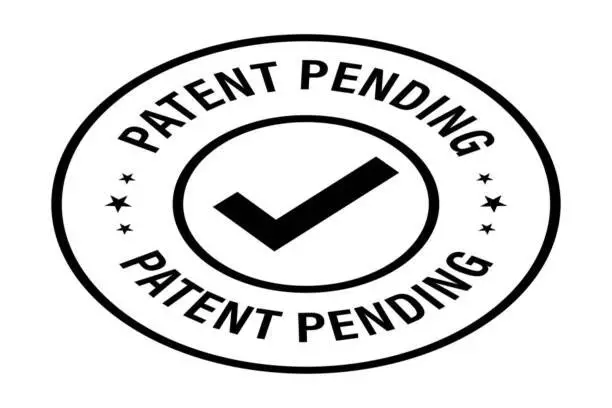Navigating Post-Alice Landscape: Strategies for Software IP Protection
Over a year has passed since the U.S. Supreme Court delivered its landmark decision in Alice v. CLS Bank, extending the Mayo analysis to determine patent eligibility under 35 U.S.C. 101. Despite offering some clear guidelines, the ruling left the software industry in a state of uncertainty regarding the two-step Mayo examination for software innovations.
Unraveling the Post-Alice Legal Tapestry
Since Alice, Federal Circuit and District Courts have issued over 100 decisions on the Section 101 eligibility of software-related patents. Two discernible trends have emerged from these decisions:
- Business and Financial Processes Under Scrutiny:
- Software innovations targeting business or financial processes face widespread rejection, irrespective of uniqueness or non-complete appropriation of the abstract idea.
- Contrary to Mayo and Alice rationale, the USPTO has mirrored this trend, refusing to grant new patents in this domain.
- Challenges Beyond Business Processes:
- Software innovations unrelated to business or finance also encounter high rejection rates, based on diverse and often conflicting grounds.
- The USPTO follows suit, making Section 101 dismissals commonplace, even for non-business software patents.
Strategies for Software Inventors
In light of these challenges, innovators exploring the next breakthrough in software face a complex landscape. Here are some strategies to navigate this post-Alice era:
- Consider Trade Secret Protection:
- Evaluate if the technology can be safeguarded as a trade secret, acknowledging the difficulty of achieving this for some innovations requiring public disclosure.
- Confidential Patent Applications:
- File patent applications with a Request for Non-Publication to keep them confidential indefinitely if a patent cannot be obtained.
- Address Common Section 101 Issues:
- Draft patent applications anticipating common reasons for Section 101 rejections, clearly identifying the innovative concept and explaining why it cannot be executed with “pen and paper.”
- Include Non-Generic Elements:
- Incorporate at least one non-generic computer or hardware element in the claims, acknowledging the challenge, especially for business or financial software, and balancing specificity.
- Navigate Section 101 Dismissals:
- If facing a Section 101 rejection, consider filing a Request for Continued Examination (RCE) or an appeal brief to maintain pendency, hoping for favorable winds with future court decisions.
Looking Ahead
While a congressional intervention may be necessary to reshape the patent landscape, software developers must reassess their protection strategies. The evolving nature of Section 101 jurisprudence demands adaptive and nuanced approaches, especially when seeking Business Legal Services to secure various types of software inventions in the current legal environment.


